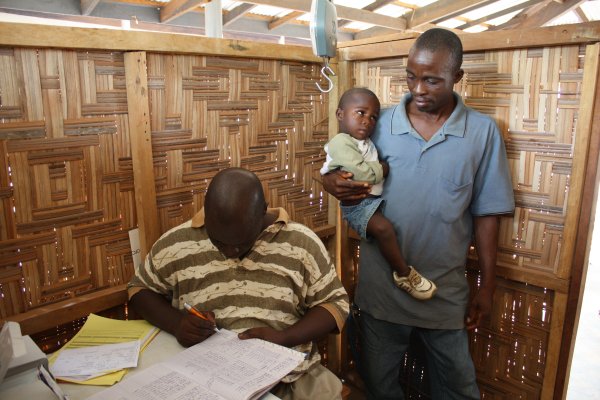Ivermectin exposure in small children
A systematic review of ivermectin exposure in children less than 15 kilograms

Ivermectin is one of the most widely used drugs in global health. Billions of doses have been distributed in the last 30 years by mass drug administration for onchocerciasis and lymphatic filariasis.
During mass drug administration campaigns with ivermectin, children weighing less than 15 kilograms are excluded from treatment as the safety of ivermectin in this group has not been established. Both scabies and malaria control communities are evaluating the capacity of ivermectin mass drug administration for control and elimination. Scabies can be effectively treated with oral ivermectin, but contraindication of use in children less than 15 kilograms requires the use of various topical creams. These topical creams may be less effective than oral ivermectin due to compliance and improper application, which can impede both individual treatment and mass drug administration efforts.
Ivermectin mass drug administration for malaria parasite transmission suppression aims to deliver mosquito-lethal concentrations of ivermectin to human-feeding Anopheles. A reduction in population coverage reduces the amount of ivermectin delivered to mosquito populations thereby reducing the efficacy of ivermectin mass drug administration to suppress malaria parasite transmission. This systematic review will assess the safety evidence for the use of ivermectin in children weighing less than 15 kilograms.
A systematic review of the literature was conducted using Medline, Web of Science, Embase, and other sources. All literature relating to the treatment of children weighing less than 15 kilograms with oral ivermectin was reviewed for safety concerns.

